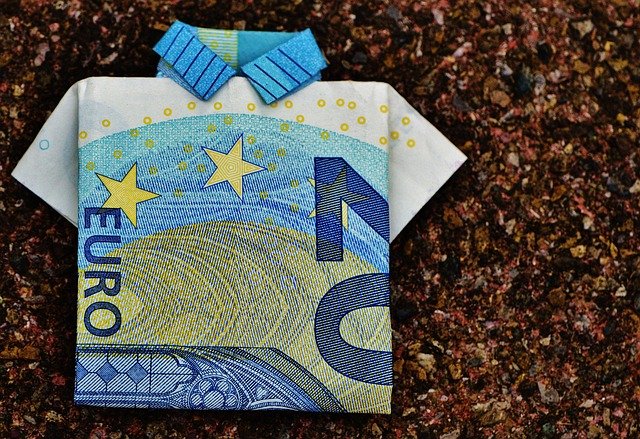The Subtle Influence of Language on Perception
Language, the bedrock of human interaction, is more than just a communication tool. It is deeply intertwined with our cognitive processes, shaping the way we perceive and interact with the world. Read below to delve into the intricate relationship between language and perception, and how this relationship impacts our society.

The Relationship Between Language and Perception
Historically, the relationship between language and perception has been an area of keen interest to sociologists and linguists. The Sapir-Whorf hypothesis, proposed in the 1930s, suggests that the structure of a person’s language can influence their thought processes and perception of the world. This idea has been both debated and developed over the years, leading to many fascinating insights.
More recently, cognitive scientists have begun to explore this relationship through the lens of ‘embodied cognition’, a theory that suggests our cognition is significantly influenced by our physical experiences. In this context, language is seen not just as a system of symbols and rules, but also as a pathway for understanding and relating to our physical and social environment.
Linguistic Relativity in Modern Society
The concept of linguistic relativity - that language influences perception - can be seen in many aspects of modern society. One such example is the way individuals who speak different languages perceive colors. Research has shown that speakers of languages with numerous words for different shades of color can distinguish between these shades more accurately than those whose languages have fewer color terms.
Similarly, language can subtly influence our perception of time, space, and even social relationships. For instance, a language that uses cardinal directions (like north, south, east, west) for spatial references can lead its speakers to be more aware of their geographical orientation.
The Societal Impact of Linguistic Perception
The influence of linguistic perception can also be seen in societal structures and cultural norms. The way a culture perceives and describes social relationships, for example, can shape its societal hierarchy and norms. Additionally, some languages may have specific terms that reflect cultural values or societal norms, thereby reinforcing these aspects in the consciousness of their speakers.
The Future of Language and Perception
As our world becomes more interconnected, the relationship between language and perception is likely to continue evolving. With the increasing influence of global languages like English, there is a potential for certain ways of perceiving the world to become more dominant. At the same time, the preservation and revival of minority languages can serve to maintain diverse perceptions and ways of thinking.
Language as a Dynamic Force in Society
In conclusion, language is a powerful force that subtly shapes our perception and understanding of the world. Its influence extends beyond individual cognition, permeating societal structures and cultural norms. As we move forward, an understanding of this relationship can help us navigate the complexities of an increasingly interconnected world, and perhaps, appreciate the richness of our diverse linguistic heritage.
From the intricacies of cognitive science to the broad strokes of societal trends, the intersection of language and perception offers a unique and complex perspective on human society. As we continue to unravel these complexities, we find ourselves with a deeper understanding of not just our languages, but our perceptions and identities as well.





